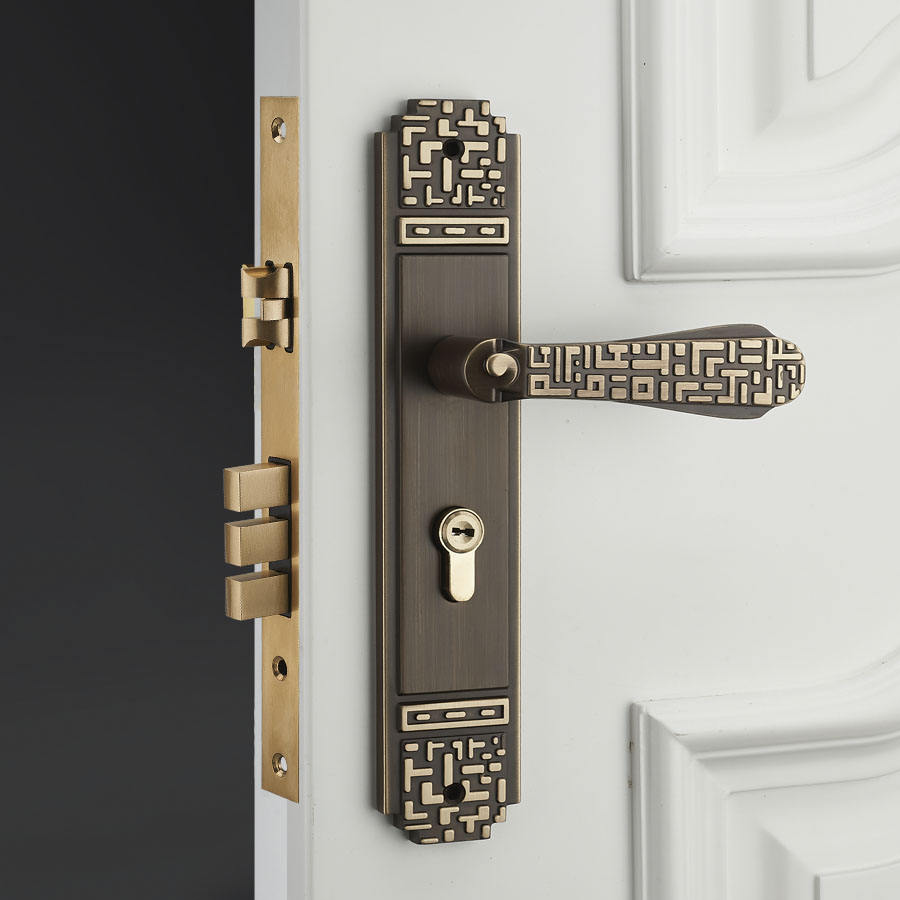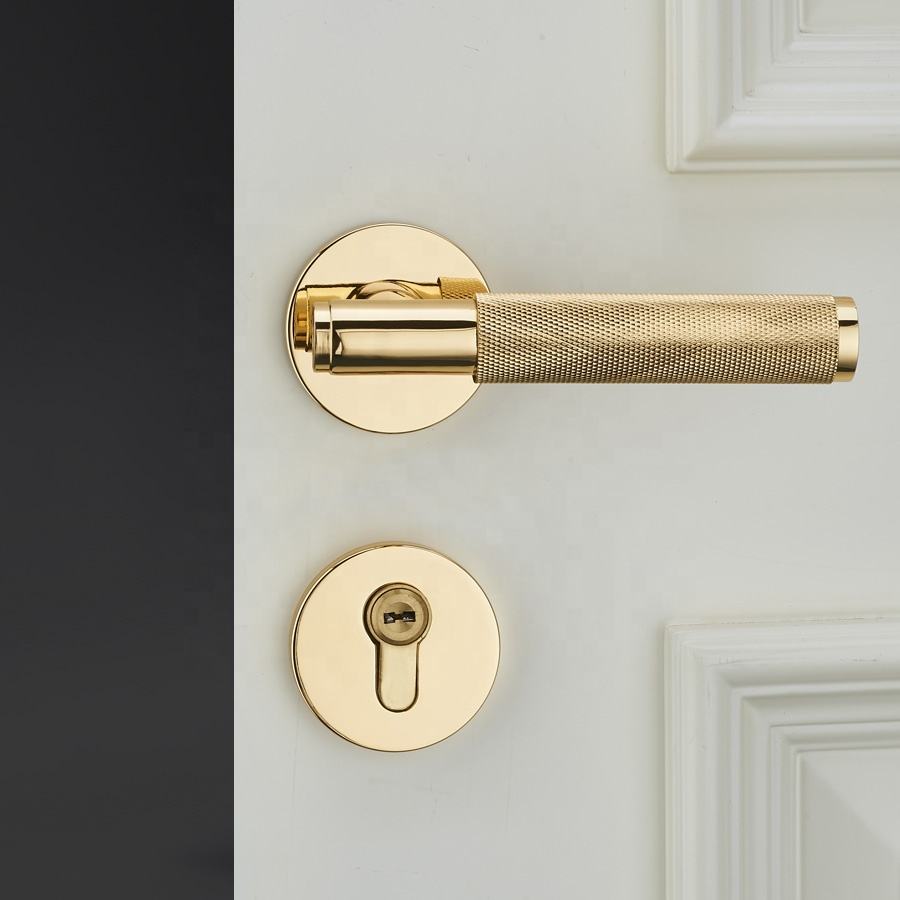Wooden furniture handles have a rich historical and aesthetic significance that spans across cultures and time periods. They have evolved from purely functional components to intricate art pieces that contribute to the overall design and character of furniture. Here’s a historical and aesthetic perspective on wooden furniture handles:
Historical Perspective:
Ancient Civilizations: In ancient civilizations like Egypt, Greece, and Rome, wooden handles were used on furniture and everyday objects. These handles were often simple in design and primarily served functional purposes.
Medieval and Renaissance Eras: During the medieval and Renaissance periods, woodworking techniques improved, allowing for more elaborate and decorative handle designs. Handles began to feature intricate carvings, motifs, and ornate details, showcasing the craftsmanship of the time.
Colonial and Early American Furniture: In the colonial and early American periods, wooden handles were a common feature of furniture pieces. These handles were often handcrafted using traditional woodworking tools and techniques.
Industrial Revolution: With the advent of the Industrial Revolution, furniture production became more mechanized. Mass production led to standardized designs and simplified handles, although some handcrafted pieces continued to feature intricate wooden handles.
Arts and Crafts Movement: In the late 19th and early 20th centuries, the Arts and Crafts Movement emphasized craftsmanship, simplicity, and the use of natural materials. Wooden handles became integral to the aesthetic of this movement, with an emphasis on handcrafted designs and attention to detail.
Mid-Century Modern: The mid-20th century brought the sleek lines and minimalistic designs of the Mid-Century Modern movement. Wooden handles during this period often featured clean, geometric shapes that complemented the furniture’s overall aesthetic.
Contemporary Design: Today, wooden furniture handles continue to be an essential element of furniture design. They are crafted using a combination of traditional and modern techniques, allowing for a wide range of styles and designs that cater to various tastes and preferences.
Aesthetic Perspective:
Material Connection: Wooden handles establish a direct material connection between the user and the furniture. The warmth, texture, and natural feel of wood create a tactile and sensory experience that enhances the overall enjoyment of using furniture.
Customization: Wooden handles offer the opportunity for customization and personalization. They can be carved, shaped, and finished to match the unique style of the furniture piece or to reflect the owner’s individuality.
Balance of Form and Function: Wooden handles strike a balance between functionality and aesthetics. They serve a practical purpose while contributing to the visual appeal of the furniture.
Craftsmanship: Wooden handles showcase the artistry and skill of woodworkers. Hand-carved details, intricate designs, and the use of different wood species highlight the craftsmanship that goes into creating these handles.
Integration with Design: Wooden handles can seamlessly integrate with the design of furniture, whether it’s a rustic farmhouse piece, a sleek modern creation, or a timeless traditional design.
Evolving Styles: From ornate and intricate designs of the past to minimalistic and innovative designs of the present, wooden handles have adapted to changing design trends while retaining their inherent charm.
In conclusion, wooden furniture handles have a fascinating historical journey and a multifaceted aesthetic significance. They serve as a testament to craftsmanship, culture, and design evolution while enhancing the functionality and beauty of the furniture they adorn.


